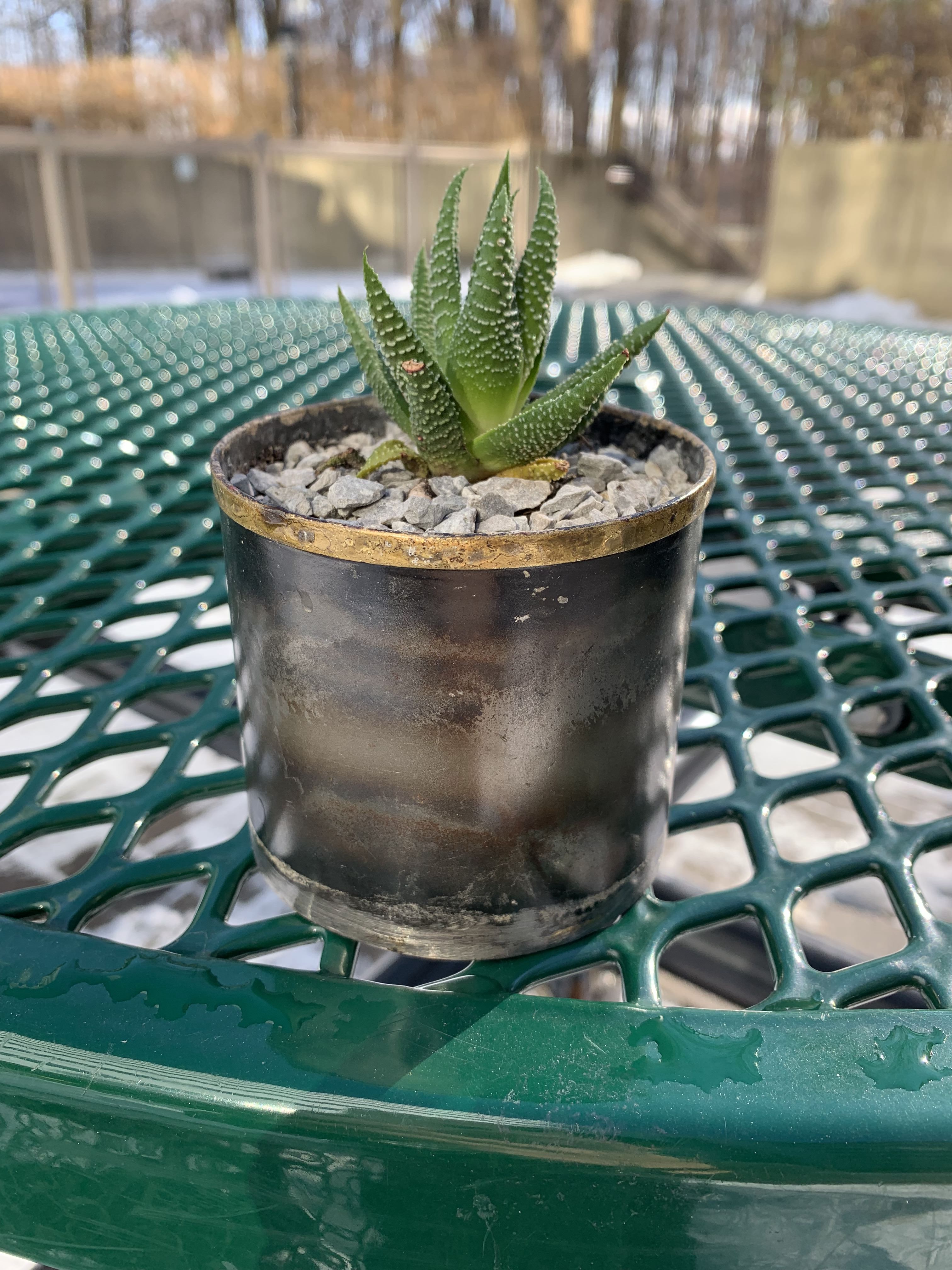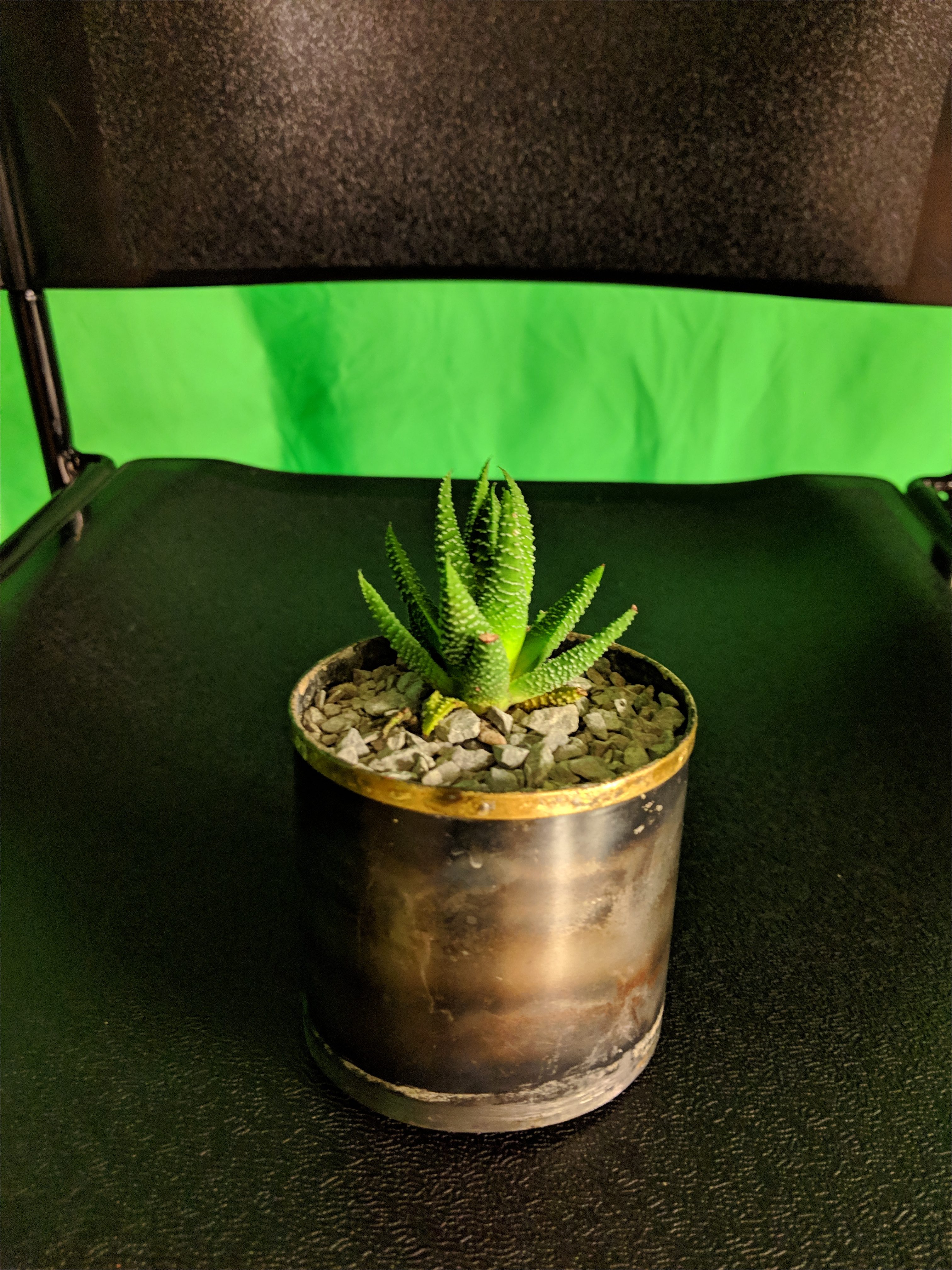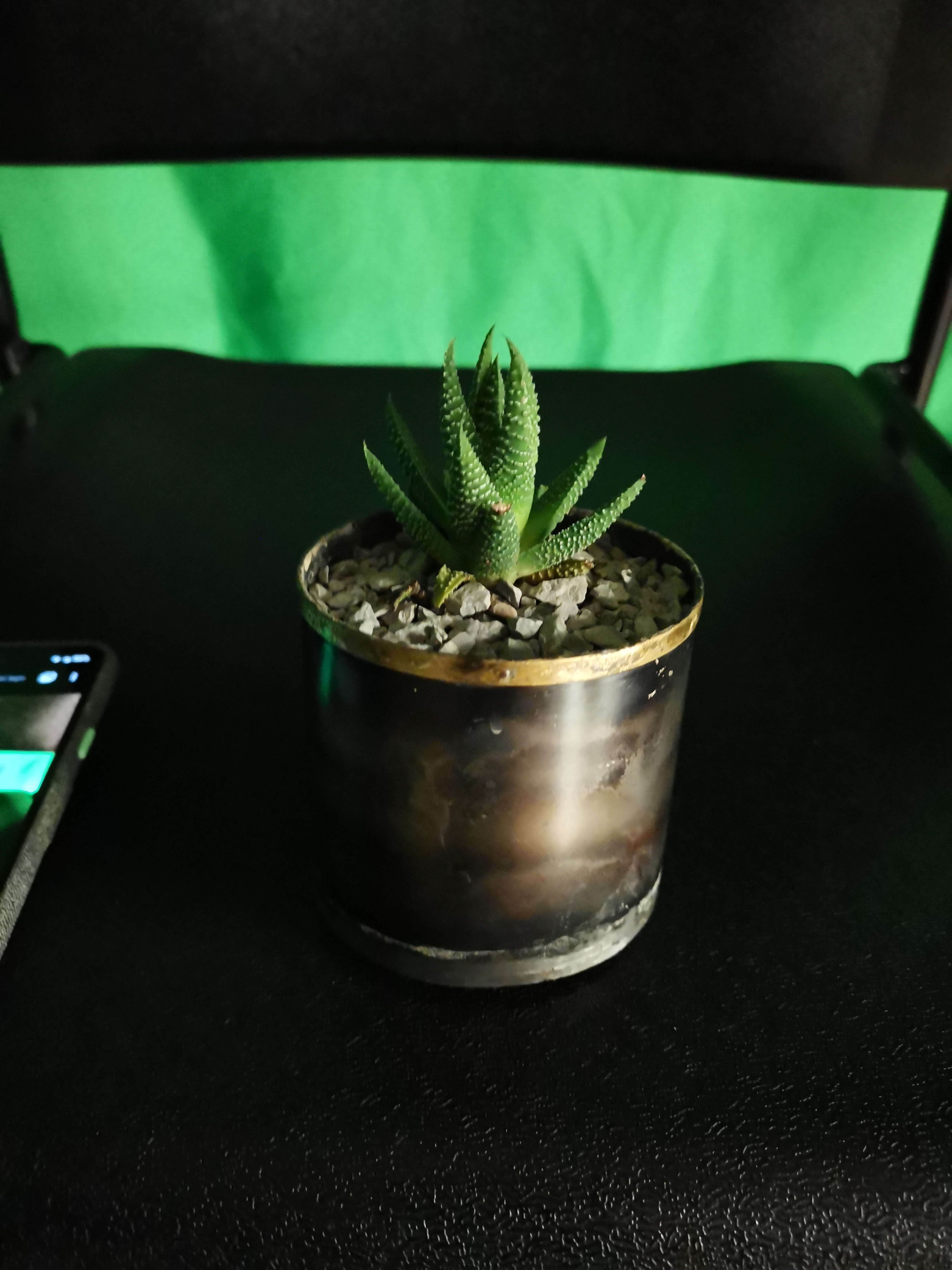Last year saw the creation of several phones with stunning cameras. That’s no surprise, though, as camera performance has evolved into one of the greatest differentiators in determining a smartphone’s value. The image war is more fierce than ever, and before the next-gen phones hit the market, let’s put the top three contenders to the test.
The three contenders – the Pixel 3 XL, Huawei Mate 20 Pro, and Apple iPhone XS – each has distinct a camera setup. the Pixel 3 XL has just one camera and uses AI (specifically the Pixel Engine image co-processor) to take brilliant pictures. The Huawei Mate 20 Pro touts its own AI functions, but also comes with an ultra-wide angle camera, a standard wide-angle camera, and a telephoto camera. The Apple iPhone XS sits the between the two with a standard wide-angle camera and a telephoto lens.
Testing methodology
I tested all three phones in good and low lighting situations. In addition to evaluating final image quality, I also factored in shooting experience, which is affected by aspects like shutter speed, image stabilization, and autofocus. All image is taken with each phone’s native app set at auto unless they have dedicated modes for specific lighting scenarios (e.g. Google’s Night Sight).
A human subject (kindly played by my colleague Arianne Martin) and a decorative object are used to reveal the capabilities of AI features. The Huawei Mate 20 Pro, for example, can dynamically recognize objects and adjust its shooting mode accordingly.
The tests
Wide-angle bright light
The wide-angle camera is the main camera on most phones. They often have a wide aperture and the better sensor to tackle the widest range of possible shooting scenarios.
With a 40MP wide-angle camera and a 20MP ultra-wide camera, the Huawei Mate 20 Pro has a distinct advantage in flexibility. There are caveats, though; the moment you put the main sensor in its 40 MP shooting mode, it loses its zooming capabilities. The 20 MP ultra-wide camera, on the other hand, significantly distorts the image around the edges. This is known as barrel distortion.
Still, the image quality is excellent, especially when shooting in 40MP. The high resolution captures loads of detail and never lags during shutter press. Colors, however, are a bit bland, giving the blue sky a bit of a washed-out effect. Also keep in mind that these images could take up 20 MB a piece, so be careful when uploading them to the cloud via cellular data.
The iPhone XS and the Google Pixel 3 XL are neck-to-neck with each other in this category. They both have similar detail levels, but the iPhone XS has better colors. Whereas the iPhone XS appear natural and lively, the Pixel 3 XL adds an orangish tint to the cold, blue winter scape.
Picking out one winner for this category was difficult since all three offer amazing image quality. It was a tough call, but I’ve got to hand it to the iPhone XS for its better colors and is just a touch cleaner than the rest.
Winner: iPhone XS
Wide-angle Low light
In certain scenes, the iPhone XS falls flat. In the picture below, it’s clearly underexposed and lacks the sharpness and color the other two competitors.
The Pixel 3 XL and the Huawei Mate 20 Pro faired well with their respective night shooting modes. Since the iPhone XS, on the other hand, had blurrier images than the rest. This could be explained by the lack of a night mode.
There’s no arguing here: the Google Pixel 3 trounces the other two candidates in every regard possible. It easily captures excellent images in low light in its standard shooting mode. Night Sight does a decent job at brightening the environment, but can produce some wonky colors at times.
The Huawei Mate 20 Pro’s ultra-wide angle lens didn’t manage so well. It’s noticeably softer and colors are flatter than the other two phones.
Winner: Google Pixel 3 XL
Telephoto bright light
Smartphone cameras have two zooming mechanisms: optical and digital. Optical zoom physically shifts the glass elements within the lens, whereas digital zoom samples a portion of the image, blows it up, and cleans up the details using correctional algorithms.
In handheld cameras, the lens bends light by extending and retracting the glass elements within the lens barrel. On smartphones, however, optical zoom isn’t possible due to space constraints. To mitigate the issue, many phones use multiple lenses at different focal lengths to provide the best image quality.
For a long time, optical zoom has reigned supreme, but the case is no longer so clear-clear cut with new AI features like Google’s Super Resolution Zoom. Using AI, these image enhancements are closing the gap between digital and optical zoom.
Image quality under good lighting is a wash. Even mid-range phones could produce excellent results when given ample light. What can be examined, however, is the phone’s ability to apply correct metering.
During testing, the Huawei Mate 20 Pro had problems switching to its zoom lens. The AI scene detection feature may have picked up a human subject and automatically enabled portrait mode instead. The ample bokeh effect behind the background further cemented my theory. The camera did eventually switch over once I zoomed in a bit farther.
I was expecting it to at least trade blows with the other two candidates, but the Mate 20 Pro’s low-resolution 8MP zoom sensor really hurt the detail level. Images are comparatively softer than both the iPhone XS and the Pixel 3 XL. Weaves of the subject’s scarf are almost completely lost, and the background isn’t clear, either.
Instead of relying on a secondary lens, Google Pixel 3’s Super Resolution Zoom stacks multiple images together to boost clarity. As impressive as it is, it isn’t quite on par with optical solutions yet. When zoomed in, pictures from the Pixel 3 XL appear blotchy, which gilds the image in a waxy, almost pastel-like feel compared to the iPhone XS.
Winner: iPhone XS
Telephoto low light
Even without the Google Night Sight shooting mode enabled, the Pixel 3 XL is a tremendous performer in low light. The colours are much more vibrant than the other two phones. And despite not having a dedicated zoom sensor, it still outpaces the other two in image clarity, coming in with less noise than both the Mate 20 Pro and the iPhone XS.
Once again, the Huawei Mate 20 Pro lands at the bottom due to the lower 8MP resolution sensor. The subject is clearly fuzzier than she is in the other sample images.
To my surprise, the iPhone’s zoom camera is equally disappointing. Its image is not only laced with noise, but it’s also the only phone to unnecessarily enable its flash.
Winner: Google Pixel 3 XL
Conclusion
The test ended in an unexpected tie between the Apple iPhone XS and the Google Pixel 3 XL. The iPhone XS shines in bright environments, touting lively images with rich colors, crisp detail, and great contrast. The Pixel 3 XL rivals the iPhone XS in detail, but its faint orange tint can sometimes make colors look less appealing. Where it does excel, though, is in low light situations thanks to its stellar AI capabilities. The Pixel 3 XL handily beat the iPhone in both low light tests by a wide margin.
The Huawei Mate 20 Pro, though a capable, can’t edge out either phones in any single area. Like we mentioned in our review, the Mate 20 Pro’s true strength lies in its versatility. With three focal lengths, it gives the user the most composition options, which is a huge component of an amazing picture. Certain shooting modes restrict the user to certain lenses, so I do recommend using the default or manual capturing mode.
I was hoping to be able to dictate a clear winner through this test, but after evaluating each camera system’s strengths and weaknesses, the answer remains as nebulous as ever. Ultimately, it comes down to which aspect of the camera you value the most. For example, I can tolerate the Google Pixel 3 XL’s weird tint in exchange for its strong low light performance, but others may enjoy better telephoto lenses on the iPhone XS.





























